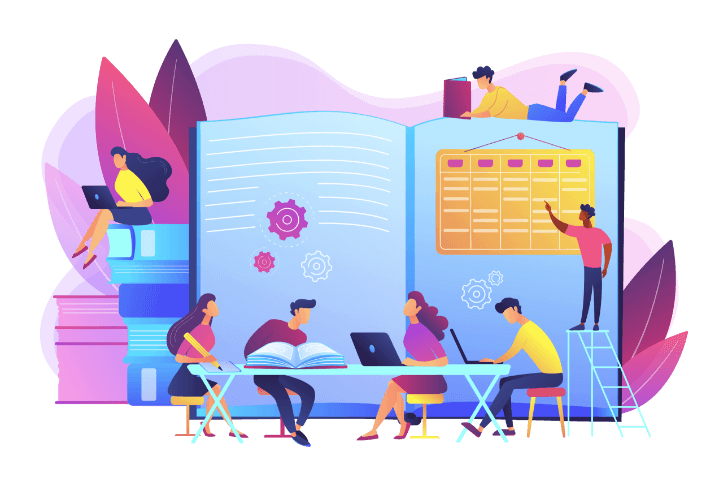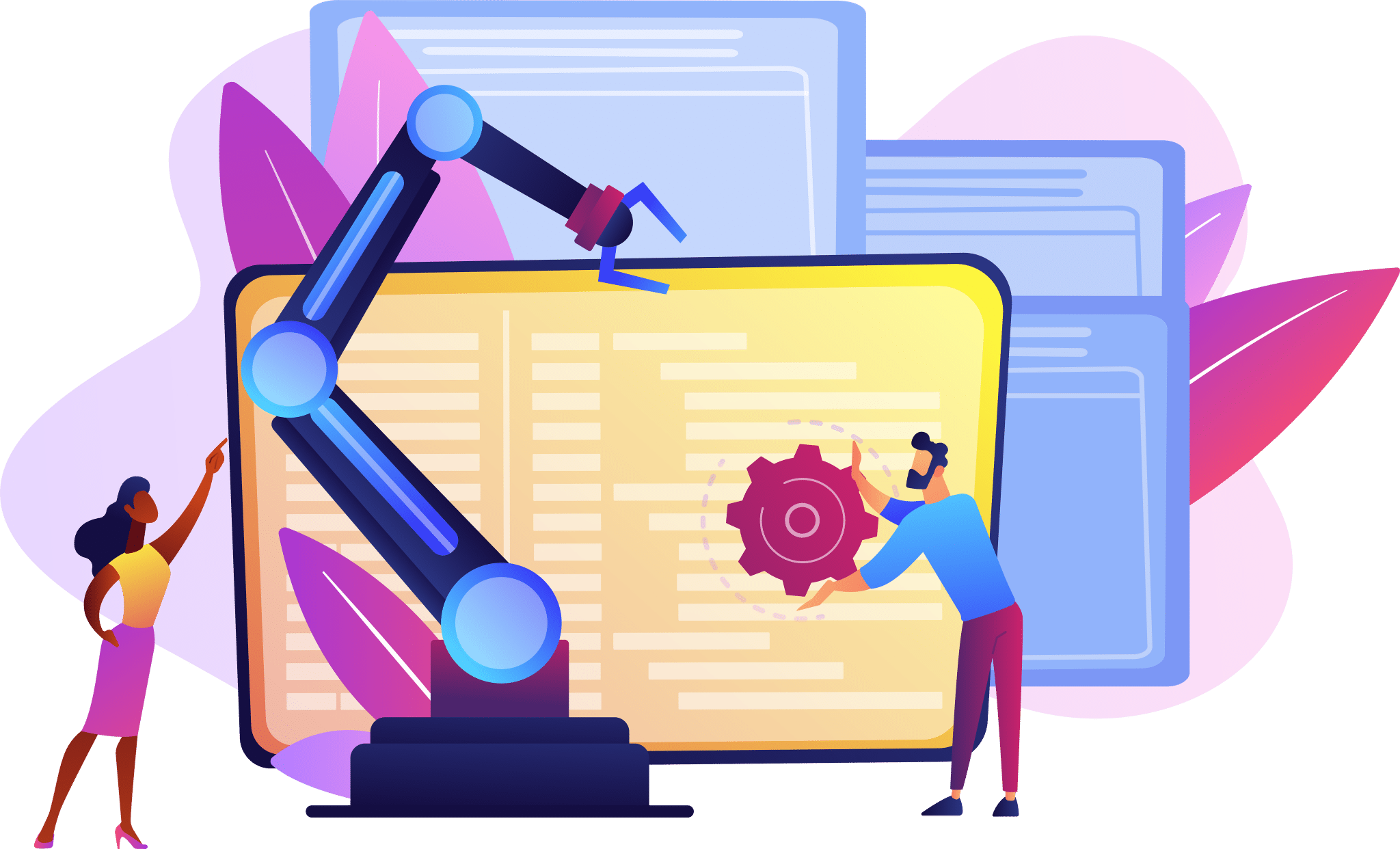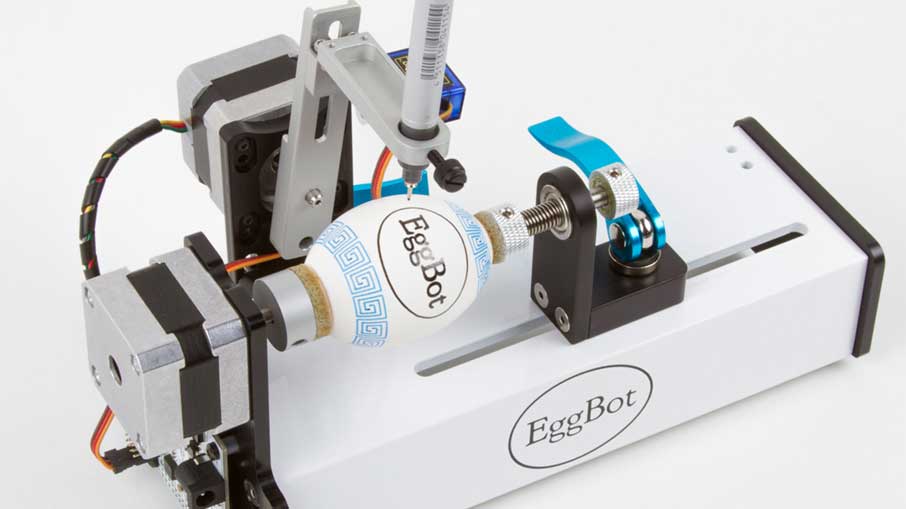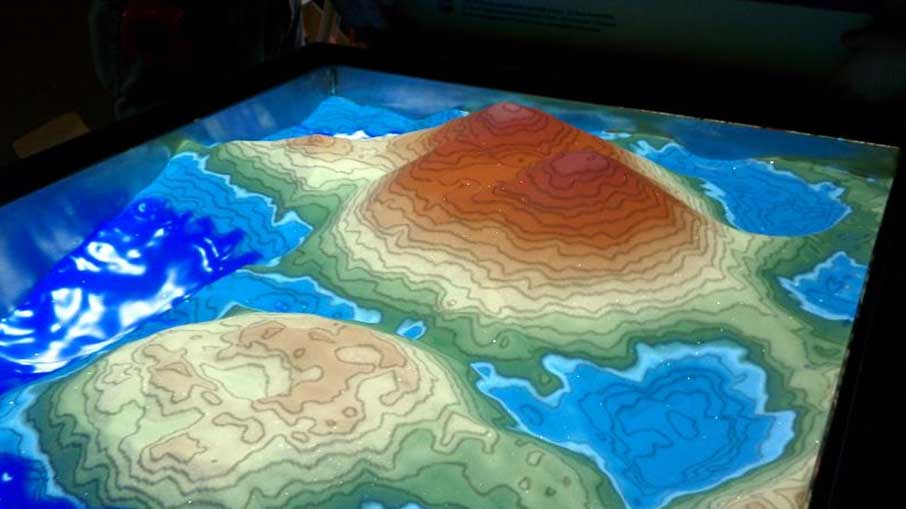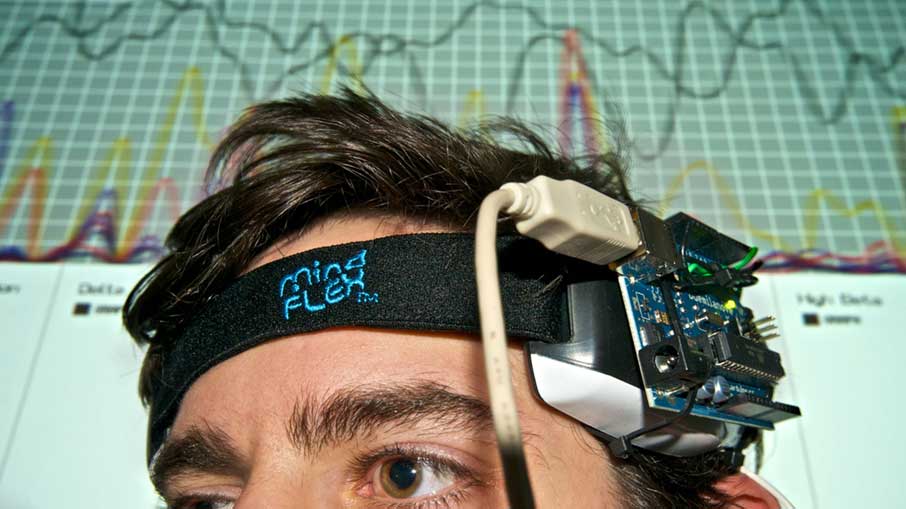Table of Contents
ToggleRetailers made $27.34 trillion in global sales last year, but what’s really fueling the smartest ones in 2025? It’s not just great products or slick branding. It’s something sharper, faster and smarter. Something built just for them. Big brands and small shops alike are turning to Custom Retail Software Development to stay ahead. Why? That’s where the real edge lies. What are they seeing that others aren’t? Keep reading, because this is the shift no smart retailer can afford to ignore.
What Is Custom Retail Software Development?
Think of Custom Retail Software Development as building a smart tool just for your store. It’s not one-size-fits-all, it’s designed to fit your unique needs, products, staff, and customers. Whether you’re running a clothing store, pharmacy, or multi-location chain, this software works exactly how you want it to. It handles things like inventory, payments, staff shifts, and customer rewards, all in one place. The best part? It grows with your business, not against it. That’s what makes it worth every penny.
Why Retailers Need Custom Software in 2025
Retail is moving fast in 2025, and standard software just doesn’t cut it anymore. Personalized tech helps retailers stay ahead, especially with how shoppers think, buy, and expect service. If your system can’t keep up, your competitors will.
AI-Driven Customer Insights
Knowing what customers want before they ask, that’s the magic of AI-driven retail analytics. This isn’t guesswork. Smart software learns from customer actions, purchase patterns, and preferences to suggest the next best offer or product. It even tracks behavior in real-time. You’ll understand what sells, when, and why. With custom AI tools for retailers, you can boost loyalty and increase sales without pushing harder. In 2025, the brands winning hearts are the ones who know their buyers better than they know themselves.
Automation to Do More with Less
Imagine your store running parts of itself, without needing more hands. Retail automation tools handle repetitive tasks like reordering stock, updating product listings, and sending customer follow-ups. It frees up your team to focus on service and strategy. In 2025, automation isn’t a luxury, it’s a necessity. With customized retail automation software, you don’t waste time fixing errors or tracking spreadsheets. You just get things done faster, smarter, and with less effort. That’s how modern retailers scale without stress.
Real-Time Inventory & Smart Forecasting
Out-of-stock issues? Overstock problems? Say goodbye to both. Smart retail inventory software tracks stock levels in real-time and helps forecast what you’ll need next week, or even next month. You see what’s selling, where it’s going, and when to restock. This helps you avoid losses and keep shelves full of what customers actually want. In 2025, smart forecasting is more than a trend, it’s survival. Custom inventory management systems make sure you stay ahead without wasting money or space.
Make Better Business Decisions
Gut feelings aren’t enough anymore. Today, data-driven retail decisions are how smart stores grow. Custom software collects and organizes everything, from sales numbers to customer reviews, so you can actually use the data. Want to know which product brings the most profit? Or what time your store gets the most foot traffic? Your software tells you. With clear dashboards and easy reports, custom retail analytics tools help you make faster, smarter calls that move your business forward every single day.
Key Features of a Custom Retail Software
Retail in 2025 isn’t just about selling, it’s about doing it faster, smarter, and with less waste. The right Custom Retail Software is packed with tools that do more than just help. They solve problems before they happen and give your team everything they need to run smoothly, even during the busiest hours.
Inventory & Order Management
Retailers lose over $1.75 trillion globally every year due to poor inventory practices. That’s where smart inventory and order tracking steps in. This feature lets you know exactly what’s in stock, what’s running low, and when to reorder, no guesswork involved. It tracks everything in real time and syncs across online and in-store platforms. You also avoid overstocking, which saves cash and space. With real-time retail inventory software, you get cleaner operations, faster stock turns, and fewer customer complaints.
POS and Payment Integration
When your point of sale system works with every payment method your customer prefers, cards, mobile apps wallets, gift cards, it creates a smoother checkout experience. A good POS software for retail doesn’t just take payments; it connects with your inventory, updates in real time, and records every sale instantly. It also supports contactless payments, discounts, and refunds with no extra hassle. This makes it easy for your staff and fast for your customers, exactly how modern retail should feel.
Customer Management & Loyalty Programs
Keeping a customer is 5x cheaper than finding a new one. That’s why smart retailers use customer loyalty and CRM tools built into their software. This feature stores customer data like purchase history, preferences, and birthdays. It helps you send targeted offers and reward programs that actually mean something. The result? Shoppers come back more often and spend more when they do. When used right, custom CRM solutions are like having a memory for every customer, without needing one.
Analytics & Reporting Dashboards
Data is only useful when it makes sense. With customized analytics dashboards, your store gets instant access to sales, foot traffic, popular products, and top-performing staff. It’s all visual and easy to read. You can track trends daily, weekly, or monthly and see which areas need attention. This feature helps you make smarter decisions with confidence, no spreadsheets or complicated tools needed. Retail analytics software turns every stat into a smart move that drives your profit higher.
Multi-Store & Staff Management
If you manage multiple branches or a growing team, this feature is a must. Multi-store management software lets you monitor sales, inventory, and employee performance across locations, from one screen. You can assign roles, track work hours, and see who’s doing what at any moment. It also keeps everything consistent, pricing, offers, stock levels. Whether you’re running two stores or twenty, staff and store tracking tools make scaling feel simple and less stressful.
Third-Party Integrations
Retailers rely on a lot of tools, shipping, marketing, accounting, eCommerce platforms. A solid custom retail system connects with the apps you already use. From Shopify to QuickBooks to WhatsApp, this feature pulls everything into one place. You won’t waste time switching tabs or copying data. With API-ready retail software, you streamline daily operations and avoid mistakes. It also lets you stay flexible, adding new tools as your business grows without needing a full system reboot.
Pros and Cons of Investing in Custom Retail Software
Pros |
Cons |
| Fits your exact needs | Costs more upfront |
| Unique features | Takes a long time to build |
| Grows with your business | Relies on developers for fixes |
| More secure | Might have bugs |
| Boosts efficiency | Higher ongoing maintenance costs |
Step-by-Step Guide to Building Custom Retail Software
Building the right custom retail software doesn’t have to feel overwhelming. Break it down into simple, smart steps, and you’ll end up with a system that works exactly how your store needs it to. Let’s walk through each stage together.
Analyze Business Needs & Customer Journeys
Start by asking the right questions. What do your shoppers expect when they visit your store or app? Where do your staff face delays or confusion? Retail software development should solve real problems, not just add features. Spend time mapping out how customers shop, how products move, and where your current tools fall short. The clearer your needs, the better your final product will be. This step sets the direction for everything that follows, so don’t skip it or rush it.
Plan Features & Choose the Tech Stack
This is where ideas become real plans. Decide which features are non-negotiable, like POS integration, inventory syncing, or loyalty tracking. Then, choose the right tech stack: backend, frontend, and database tools that match your business size and budget. Your retail development platform should be secure, scalable, and easy to update later. Get input from both tech experts and store managers to find the right balance between what’s possible and what’s practical.
Design and Build the Software
Now it’s time to put it all together. Start with wireframes and user flows that keep things clean and simple. Make sure the software works great on desktop, tablets, and phones. Retail software UX/UI design should make sense to anyone using it, your team or your customers. Developers then turn the design into a working system, writing clean code that’s fast and easy to maintain. Testing early and often during this phase helps avoid bigger issues later on.
Integrate, Test & Launch
Your system needs to play well with others. From payment gateways to shipping software, everything should work together smoothly. Run integration tests with real data, and let your staff try it in a live setting before launch. Fix any bugs, tweak anything confusing, and double-check your reporting tools. When you’re ready, launch it in phases if possible, starting with one store or team, so you can control the rollout and make changes without downtime.
Maintain and Improve
Great software doesn’t sit still. After launch, collect feedback from staff and customers. Watch the data. Are sales faster? Are errors down? Use regular updates to add new features, improve security, and remove anything slowing people down. Retail software maintenance is key to keeping your system relevant as your business changes. Plan a simple support system so updates are smooth and support is quick if something breaks.
How Much Does Custom Retail Software Development Cost?
In 2025, enterprise level custom retail software development typically ranges from $150,000 to over $500,000, depending on the project’s complexity, features, and integration requirements. Basic solutions may start around $50,000, while more advanced systems with AI capabilities, multi-location support, and comprehensive analytics can exceed $500,000.
Cost Breakdown
- Planning & Analysis (10–15%): Defining business needs and outlining software requirements.
- Design & Prototyping (15–20%): Creating user interfaces and experience designs.
- Development & Coding (40–50%): Building the software’s core functionalities.
- Testing & Quality Assurance (15–20%): Ensuring the software is bug-free and meets requirements.
- Deployment & Maintenance (10–15%): Launching the software and providing ongoing support .
Custom Retail Software Development for Different Types of Retailers
Not every store runs the same way, and that’s exactly why custom retail software is so important. Whether you’re selling from a storefront, website, or both, your tools should fit your daily operations, not the other way around.
Brick-and-Mortar Stores
Physical stores need speed and simplicity. From barcode scanners to POS system integration, everything should work without delays. Custom retail software for brick-and-mortar locations keeps inventory in sync, tracks in-store sales, and helps staff provide better service. It also supports employee scheduling, local promotions, and real-time updates across registers. This makes daily store operations smoother and less stressful. With foot traffic still driving over 70% of total retail sales globally, in-store tech matters more than ever.
E-commerce Retailers
For online sellers, things move fast, and your software has to keep up. Custom-built e-commerce retail platforms can manage product listings, stock updates, shipping options, and order tracking all in one place. This means fewer missed orders and more happy customers. You also get better control over payment gateways, return policies, and marketing tools like email automation. Plus, with everything centralized, managing your online shop becomes a whole lot easier, especially during big sales or holiday rushes.
Hybrid (Omnichannel) Businesses
If you’re selling in-store and online, you need everything to work together without confusion. That’s where omnichannel retail software solutions come in. They sync your inventory, customer data, and sales activity across all platforms in real time. Shoppers can buy online and pick up in-store, or return a web order to a local branch, without hiccups. This kind of system builds a seamless shopping experience for your customers and reduces the workload for your team.
Franchises and Chains
Running multiple locations? You need more control and clearer insights. Retail software for franchises and chains helps standardize your sales processes, store policies, and reporting across every branch. It lets you see how each location is performing while keeping branding and pricing consistent. Features like central inventory management, multi-location POS, and role-based access help you scale faster and smarter. This makes it easier to manage operations, staff, and customer experience across the board.
Niche Retail (Pharma, Apparel, Electronics, etc.)
Specialty stores have unique challenges. For example, pharmacies need prescription management, fashion retailers deal with size variants and seasonal inventory, while electronics sellers may require serial number tracking and warranty tools. Custom software lets you focus on what matters to your industry. You can also add compliance tracking, loyalty features, and even product bundling tools, all built around your exact needs. This way, your software actually supports how you do business, not just how general retail works.
How to Choose the Right Custom Retail Software Development Company
Choosing the right custom retail software development company usa can make or break your project. You need a team that understands your business, offers scalable solutions, and actually delivers on time. Let’s keep it simple, here’s what to focus on when picking the right development partner.
- Check Their Retail Software Expertise
- Review Past Projects and Client Feedback
- Ask About Technology Stack & Scalability
- Discuss Post-Launch Support
- Compare Costs and Contracts
Conclusion
In 2025, retail success is no longer just about products or price. It’s about precision. It’s about knowing your customers, predicting their needs, and running lean, responsive operations that scale with ease. That’s why Custom Retail Software Development is no longer optional, it’s essential.
Retailers who invest in tailored solutions unlock game-changing advantages: real-time insights, smoother workflows, stronger customer loyalty, and ultimately, more sales. So, if you’re ready to grow faster, serve smarter, and future-proof your retail business, the next move is clear: build a solution made just for you.
